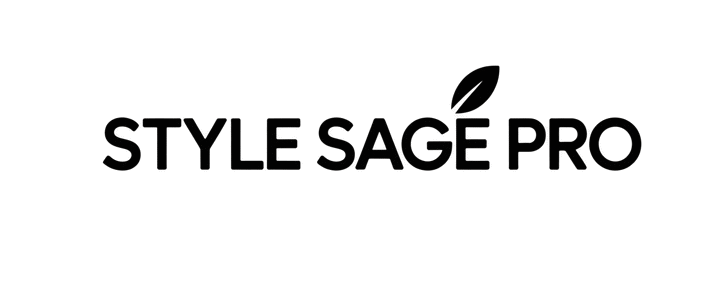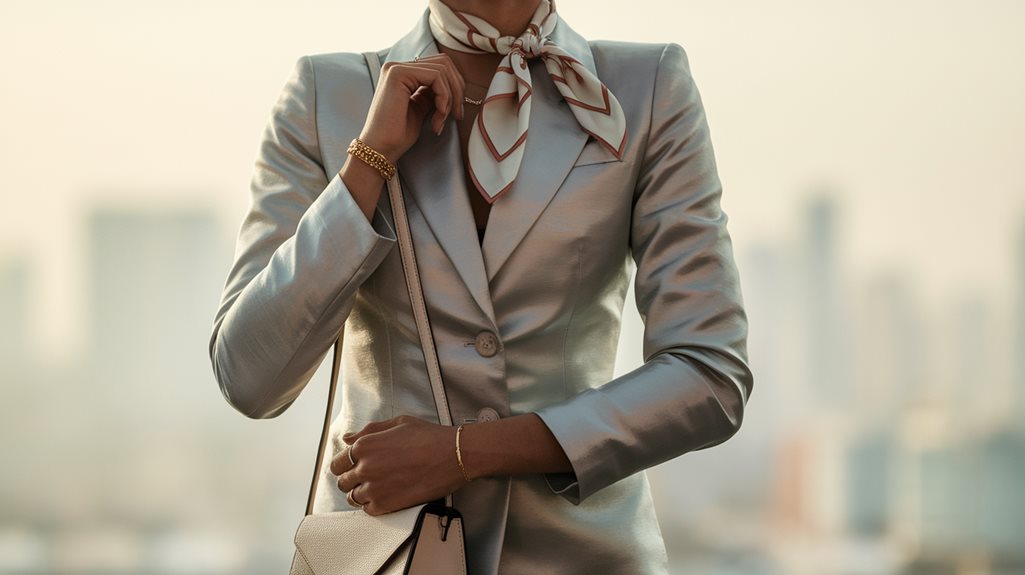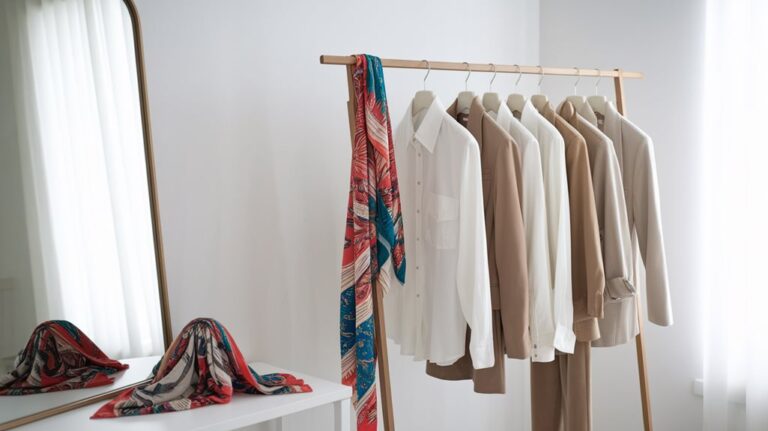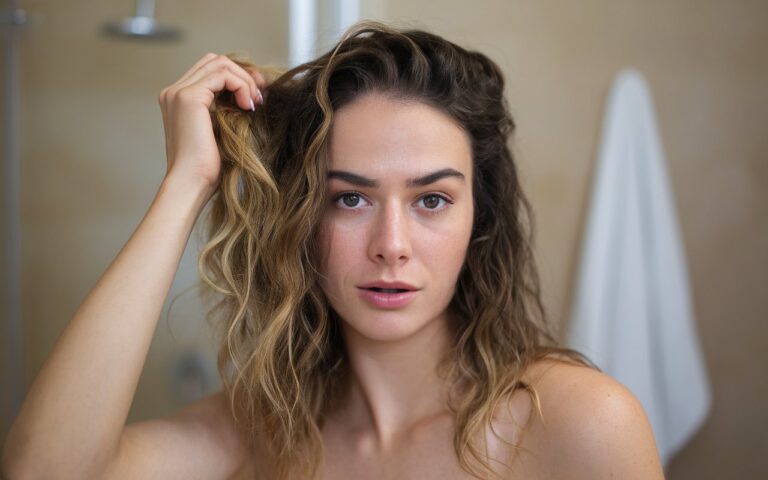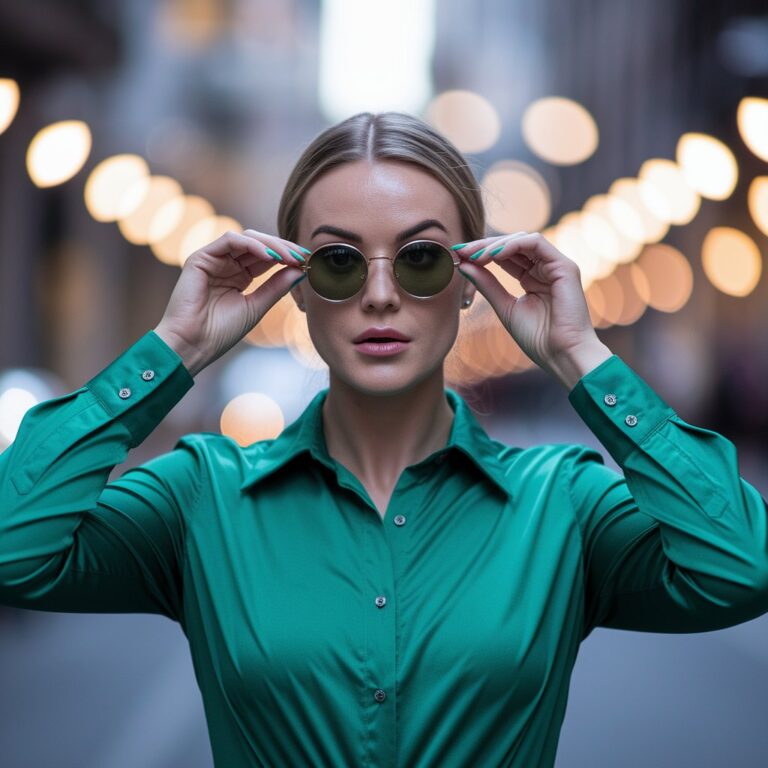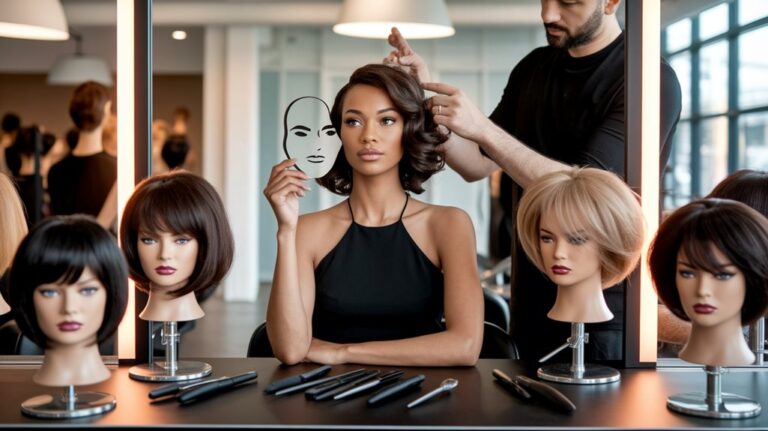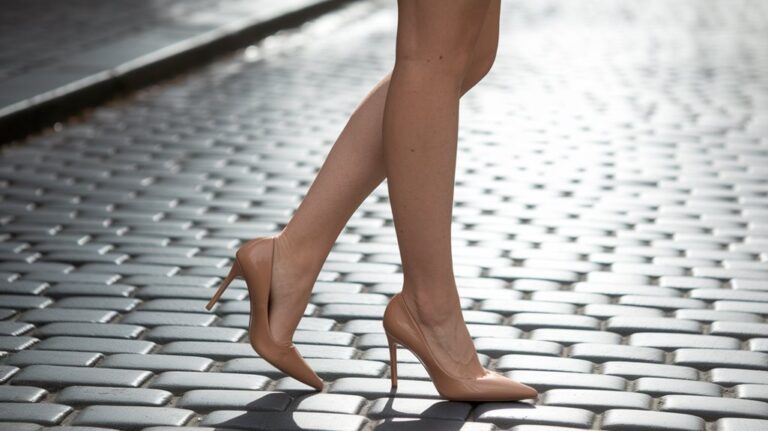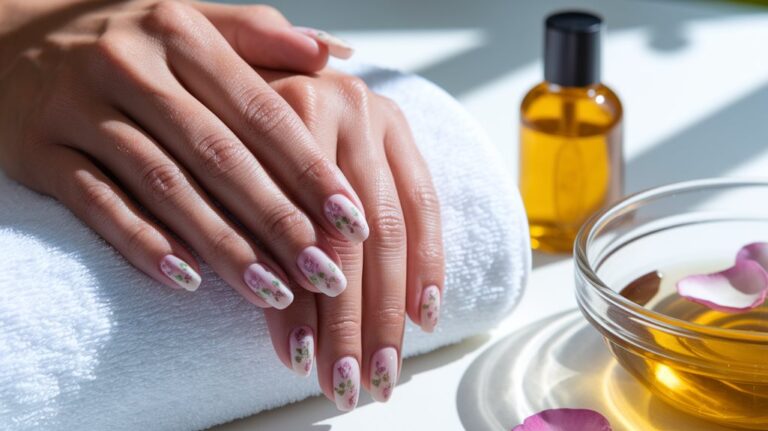How to Make Any Outfit Look More Expensive: Psychology-Backed Secrets That Actually Work
Looking expensive isn’t about your bank account—it’s about understanding the subtle psychology of style and making strategic choices that signal sophistication.
We’ve all been there: staring at our closet, wondering how some people manage to look effortlessly expensive while wearing budget-friendly pieces. The secret isn’t a designer wardrobe—it’s mastering the art of enclothed cognition, the psychological phenomenon where your clothing choices directly influence your confidence, behavior, and how others perceive you.
Research from Northwestern University’s Kellogg School reveals that what we wear literally changes our brain chemistry through a phenomenon called “enclothed cognition.”
When participants wore clothing they perceived as high-status, their confidence and cognitive performance increased significantly, making them more effective negotiators and abstract thinkers. This guide will teach you to harness this power, regardless of your budget.
The Psychology of Looking Expensive: Why It Works
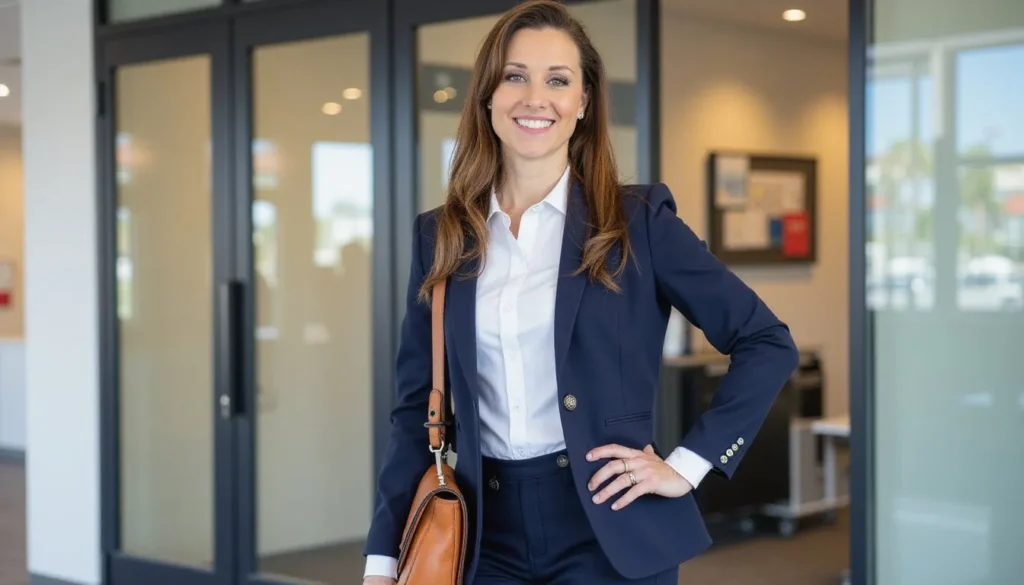
Before diving into tactics, it’s crucial to understand that looking expensive operates on multiple psychological levels:
First Impressions Matter: Princeton research shows people form judgments about your competence, trustworthiness, and social status within just one-tenth of a second of meeting you—and 55% of that judgment is based on your appearance.
The Halo Effect: When you look polished and expensive, people automatically assume you possess other positive qualities like intelligence, success, and reliability.
Internal Confidence Boost: Research from Harvard Business School demonstrates that when you feel good about how you look, your posture improves, your voice becomes more authoritative, and your overall presence becomes more magnetic.
Part 1: The Foundation – Mastering Fit and Proportion
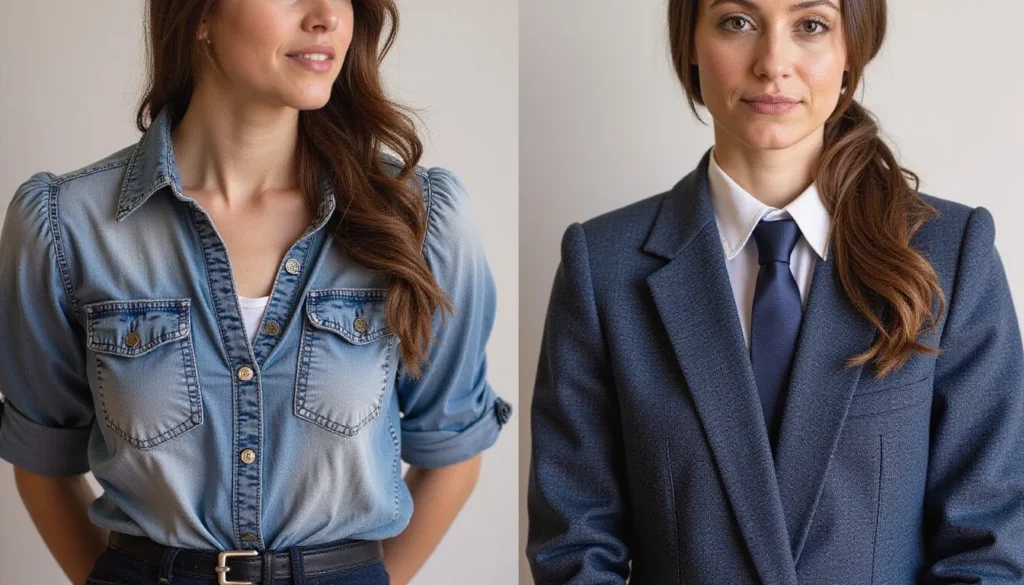
The 80/20 Rule of Expensive-Looking Clothes
Here’s the truth fashion magazines won’t tell you: 80% of looking expensive comes from proper fit, and only 20% comes from the actual garment. A $20 dress that fits perfectly will always look more expensive than a $200 dress that doesn’t.
The Professional Fit Guide
| Garment Type | Key Fit Indicators | Common Mistakes |
|---|---|---|
| Blazers | Shoulders sit exactly at shoulder point, sleeves show ¼” shirt cuff | Too wide in shoulders, sleeves too long |
| Trousers | No pulling at hips, hem grazes top of shoes | Too tight in thighs, incorrect hem length |
| Dresses | Follows body’s natural silhouette, appropriate length for occasion | Choosing size based on favorite number vs. actual fit |
| Shirts | No pulling across bust/chest, collar sits properly | Gaping between buttons, collar too tight/loose |
Pro Tip: Keep a “tailoring fund”—even $50-100 allocated to basic alterations will transform your entire wardrobe’s perceived value.
Part 2: The Science of Fabric – Quality Indicators That Matter
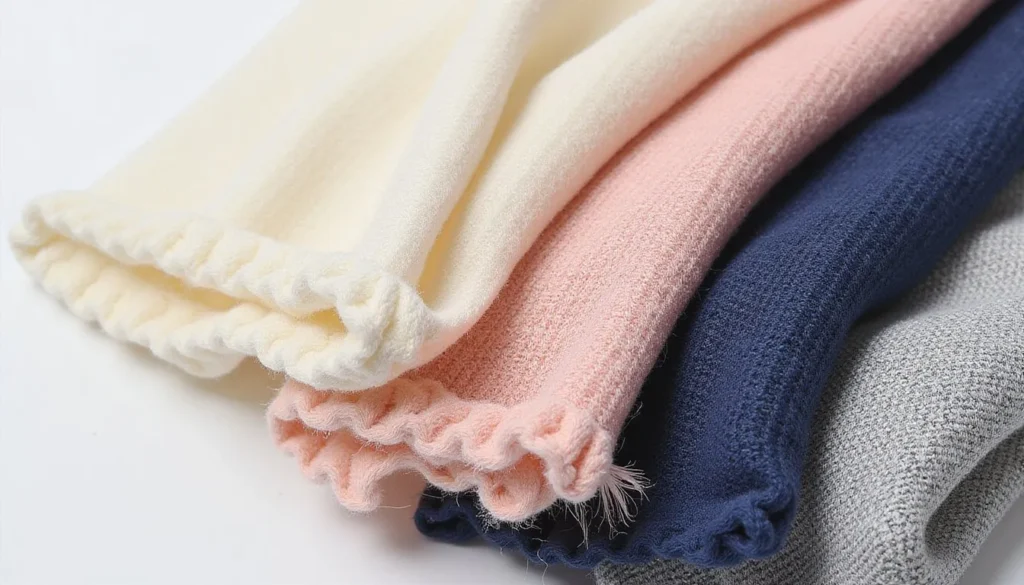
Fabric Quality: The Secret Language of Luxury
Understanding fabric quality is like having a secret decoder ring for style. Here’s what to look for:
Natural Fiber Champions:
- Wool: Should feel substantial without being heavy. Look for a smooth finish and minimal pilling.
- Cotton: High-quality cotton feels soft but structured. Avoid thin, see-through materials.
- Silk: Real silk has a subtle luster and feels cool to the touch. It should drape beautifully without clinging.
- Linen: Quality linen has a structured drape even when wrinkled. Avoid overly stiff or limp versions.
Synthetic Saviors: Not all synthetics are created equal. High-quality polyester blends can look expensive when they:
- Have weight and structure
- Don’t show sweat marks
- Maintain their shape after washing
- Have a matte finish (avoid shiny synthetics)
The Touch Test for Expensive-Looking Fabrics
- Weight Test: Quality fabrics have appropriate weight for their purpose
- Drape Test: Fabric should fall naturally, not cling or stick out awkwardly
- Recovery Test: Scrunch a corner—quality fabric bounces back without deep wrinkles
- Hand Feel: Should feel pleasant against skin, not scratchy or clingy
Part 3: The Color Psychology of Expensive Style
Beyond Basic Neutrals: Strategic Color Choices
While neutrals are safe, understanding color psychology gives you a competitive edge:
Power Colors for Authority:
- Deep Navy: Conveys trustworthiness and competence
- Charcoal Gray: Sophisticated and versatile
- Rich Burgundy: Luxurious without being flashy
- Forest Green: Wealthy and grounded
Colors That Always Look Expensive:
- Camel/Cognac: Especially in leather goods and outerwear
- Cream/Ivory: More sophisticated than stark white
- Soft Pastels: But only in quality fabrics
- Deep Jewel Tones: Emerald, sapphire, amethyst
The Monochromatic Magic Formula
Creating expensive-looking monochromatic outfits is an art. Here’s the formula:
- Base Color (largest piece – dress, suit, etc.)
- Tonal Variation (2-3 shades lighter or darker)
- Texture Contrast (mix matte and shine, smooth and textured)
- One Metallic Accent (jewelry, hardware, shoes)
Part 4: The Strategic Investment System
The 70-20-10 Budget Rule
Smart shoppers allocate their fashion budget strategically:
- 70%: Classic basics that form your foundation
- 20%: Statement pieces and accessories
- 10%: Trendy items for current relevance
Investment Priority Matrix
| Priority Level | Items | Why | Budget Range |
|---|---|---|---|
| Level 1 | Well-fitted jeans, classic blazer, quality leather shoes | Worn frequently, high impact | 40% of budget |
| Level 2 | Structured handbag, quality outerwear, versatile dress | Visible status symbols | 30% of budget |
| Level 3 | Jewelry, scarves, belts, sunglasses | Complete the expensive look | 20% of budget |
| Level 4 | Trend pieces, seasonal items | Keep look current | 10% of budget |
Part 5: The Details That Separate Budget from Luxury
Grooming: The Non-Negotiable Foundation
No outfit can look expensive without proper grooming. Research shows that well-groomed individuals are perceived as earning 20% more than their less-groomed counterparts, with studies finding that attractive people earn roughly 20% more than average —and grooming accounts for nearly the entire attractiveness premium for women.
The 5-Minute Expensive Grooming Routine:
- Hair: Should look intentional, even if messy. Use a small amount of quality styling product.
- Nails: Clean, shaped, and appropriate length. Clear or neutral polish always works.
- Skin: Well-moisturized skin looks healthier and more expensive than dry, dull skin.
- Eyebrows: Shaped brows frame the face and signal attention to detail.
- Scent: A subtle, quality fragrance creates a luxurious aura.
The Power of Proper Undergarments
This is where many expensive-looking outfits fall apart. Quality undergarments are the invisible foundation of luxury style:
- Bras: Should fit perfectly with no spillage or gaps
- Shapewear: When needed, should be seamless and comfortable
- Underwear: No visible lines or bunching
- Hosiery: Quality stockings or socks in good condition
Part 6: Body Language and Presentation

The Confidence Multiplier Effect
Your clothing is only as expensive as your body language makes it look. Research from Harvard Business School shows that “power posing” for just 2 minutes can increase confidence hormones by 20% and decrease stress hormones.
The Expensive Posture Checklist:
- Shoulders back and down
- Head held high (imagine a string pulling you up from the crown)
- Arms relaxed at sides, not crossed
- Even weight distribution when standing
- Smooth, deliberate movements
The Walk of Confidence
How you move in your clothes is as important as the clothes themselves:
- Stride Length: Confident but not exaggerated
- Pace: Slightly slower than nervous energy would dictate
- Eye Contact: Direct but not staring
- Gestures: Controlled and purposeful
Part 7: Seasonal Strategy for Year-Round Elegance
Spring: Fresh Sophistication
- Focus: Lightweight layers, fresh colors, quality fabrics
- Key Pieces: Trench coat, silk scarves, low-heeled pumps
- Avoid: Heavy fabrics, dark colors, winter accessories
Summer: Effortless Luxury
- Focus: Breathable fabrics, sun protection, minimal jewelry
- Key Pieces: Linen blazers, quality sunglasses, leather sandals
- Avoid: Synthetic fabrics, overly casual beach wear in city settings
Fall: Rich Sophistication
- Focus: Layering, rich textures, investment outerwear
- Key Pieces: Cashmere sweaters, leather boots, structured coats
- Avoid: Summer fabrics, flip-flops, shorts
Winter: Luxurious Warmth
- Focus: Quality outerwear, rich colors, elegant accessories
- Key Pieces: Wool coats, cashmere scarves, leather gloves
- Avoid: Puffy jackets in formal settings, athletic wear as outerwear
Part 8: Advanced Styling Techniques
The Third Piece Rule Mastery
While many know about adding a “third piece,” few understand how to do it strategically:
For Casual Outfits:
- Base: Jeans + T-shirt
- Third Piece Options: Blazer (instant sophistication), statement necklace (feminine elegance), silk scarf (European chic)
For Work Outfits:
- Base: Dress or suit
- Third Piece Options: Quality watch (authority), structured bag (professionalism), classic pumps (polish)
Mastering Proportions
Understanding proportions is crucial for expensive-looking outfits:
The Rule of Thirds: Divide your outfit into thirds for the most pleasing proportions
- High-waisted bottoms + cropped tops
- Long jackets + shorter skirts
- Midi skirts + fitted tops
Balance Volume: If one piece is voluminous, balance with something fitted
- Oversized blazer + skinny jeans
- Full skirt + fitted top
- Wide-leg pants + slim-fitting top
Part 9: Accessory Mastery

The Hierarchy of Expensive-Looking Accessories
Tier 1: Investment Pieces
- Quality leather handbag (classic shape, neutral color)
- Versatile watch (leather or metal band, classic face)
- Classic sunglasses (shapes that suit your face)
Tier 2: Polish Pieces
- Silk scarves (versatile colors and patterns)
- Quality belt (leather, matches shoes when possible)
- Simple jewelry (gold or silver, not both simultaneously)
Tier 3: Finishing Touches
- Quality hair accessories (if used)
- Elegant gloves (seasonal)
- Classic hat (if part of your style)
The One Statement Rule
For expensive-looking style, limit yourself to one statement piece per outfit:
- Statement earrings + simple outfit
- Bold pattern + neutral accessories
- Bright color + tonal everything else
Part 10: Maintenance and Care
The Care Routine That Preserves the Luxury Look
Expensive-looking clothes require consistent care:
Daily Habits:
- Hang or fold clothes immediately after wearing
- Use cedar hangers for heavy items
- Rotate shoes to allow them to air out
- Spot clean stains immediately
Weekly Maintenance:
- Steam wrinkled items
- Polish leather shoes and bags
- Check for loose threads or missing buttons
- Plan outfits to avoid last-minute stress
Seasonal Care:
- Professional cleaning for wool and silk items
- Proper storage for off-season clothes
- Leather conditioning for bags and shoes
- Quality control check for worn items
Part 11: Shopping Strategies for Maximum Impact
The Strategic Shopping Method
Before Shopping:
- Audit your current wardrobe
- Identify gaps in your expensive-looking foundation
- Set a realistic budget
- Create a specific shopping list
While Shopping:
- Try everything on (even if you think you know your size)
- Check the fabric content and care instructions
- Consider cost-per-wear, not just price
- Walk around in fitting rooms to test comfort and movement
After Shopping:
- Remove tags and plan first wear immediately
- Consider professional alterations if needed
- Add new pieces to your care routine
- Document what works for future reference
Quality Indicators When Shopping
Red Flags (Avoid These):
- Thin, see-through fabrics
- Loose threads or unfinished edges
- Hardware that feels light or cheap
- Patterns that don’t match at seams
- Buttons that feel flimsy
Green Flags (Look for These):
- Substantial fabric weight
- Straight, even seams
- Quality hardware and zippers
- Patterns that align at seams
- Finished inner seams and edges
Immediate Action Plan: Transform Your Look This Week
Day 1-2: Assessment and Alterations
- Try on your entire wardrobe
- Identify pieces that need tailoring
- Make appointments with a tailor
- Remove or donate items that can’t be saved
Day 3-4: Deep Clean and Care
- Steam or press wrinkled items
- Clean and condition leather pieces
- Organize closet by color and type
- Create a weekly maintenance routine
Day 5-6: Strategic Shopping
- Using your assessment, make a targeted shopping list
- Focus on filling the biggest gaps first
- Try on everything and check fit carefully
- Invest in one key piece that will elevate multiple outfits
Day 7: Practice and Perfect
- Try on 3-5 outfit combinations
- Practice the posture and movement tips
- Take photos to see what works
- Plan your expensive-looking outfits for the week ahead
Your Expensive Style Journey Starts Now
Looking expensive isn’t about having endless funds—it’s about understanding the psychology of style, making strategic choices, and paying attention to details that others overlook. The research on enclothed cognition is clear: when you dress like the successful, confident person you want to be, you actually become more successful and confident.
Remember, every fashion icon started with the same 24 hours in a day and the same basic human form. What set them apart wasn’t money—it was knowledge, strategy, and consistency.
You now have the knowledge. The strategy is in your hands. The only thing left is consistent application.
Start with one technique from this guide today. Master it, then add another. Within a month, people will start asking where you shop and complimenting your “expensive” style—never knowing your real secret is simply understanding the psychology and strategy behind looking luxurious.
Your expensive style transformation begins now. Which tip will you implement first?
Smart Fashion Investment Calculator
Discover how to allocate your budget for maximum style impact
